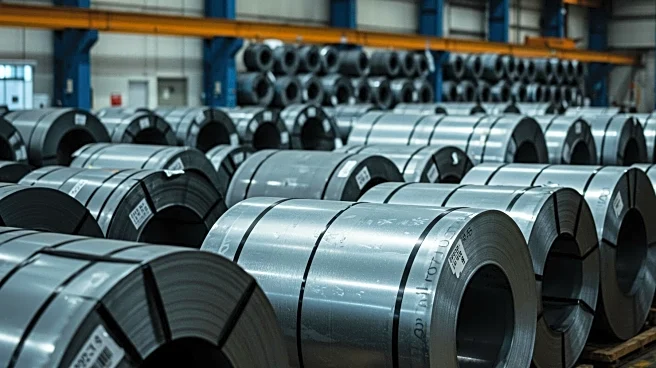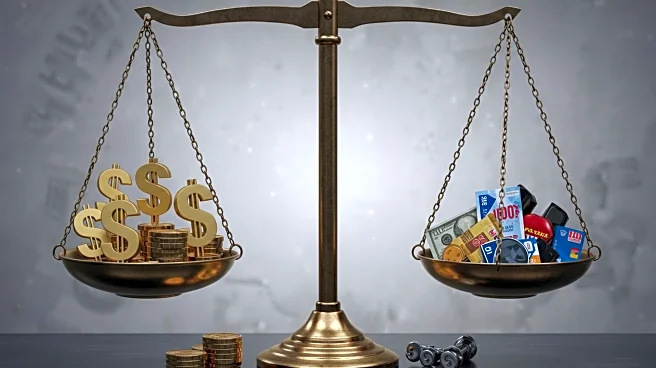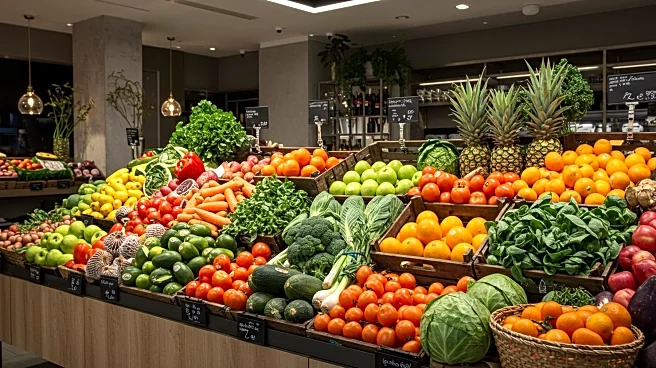What's Happening?
Food inflation has reached its highest level in 18 months, driven by significant price increases in chocolate, butter, and eggs, according to the British Retail Consortium's latest shop price monitor. The inflation rate hit 4.2% in August, up from 4% in July. This increase is attributed to high demand, tightening supply, and increased labor costs. Additionally, global cocoa prices have risen due to poor harvests affected by climate change and crop disease. The report also noted some relief for parents with lower prices for clothing, books, and stationery as the new academic year approaches.
Why It's Important?
The rise in food inflation impacts household budgets, particularly as families prepare for the new school year. The increased cost of staples like butter and eggs, along with chocolate, adds pressure to consumers already facing higher living costs. Retailers are challenged to manage these price hikes while trying to limit the impact on consumers. The broader economic implications include potential shifts in consumer spending habits and increased scrutiny on supply chain issues affecting food prices.
What's Next?
As food prices continue to rise, consumers may need to reassess their household budgets. Retailers might explore strategies to mitigate these costs, such as sourcing alternative suppliers or adjusting product offerings. The ongoing impact of climate change on agricultural yields could further influence food prices, prompting discussions on sustainable practices and supply chain resilience.











